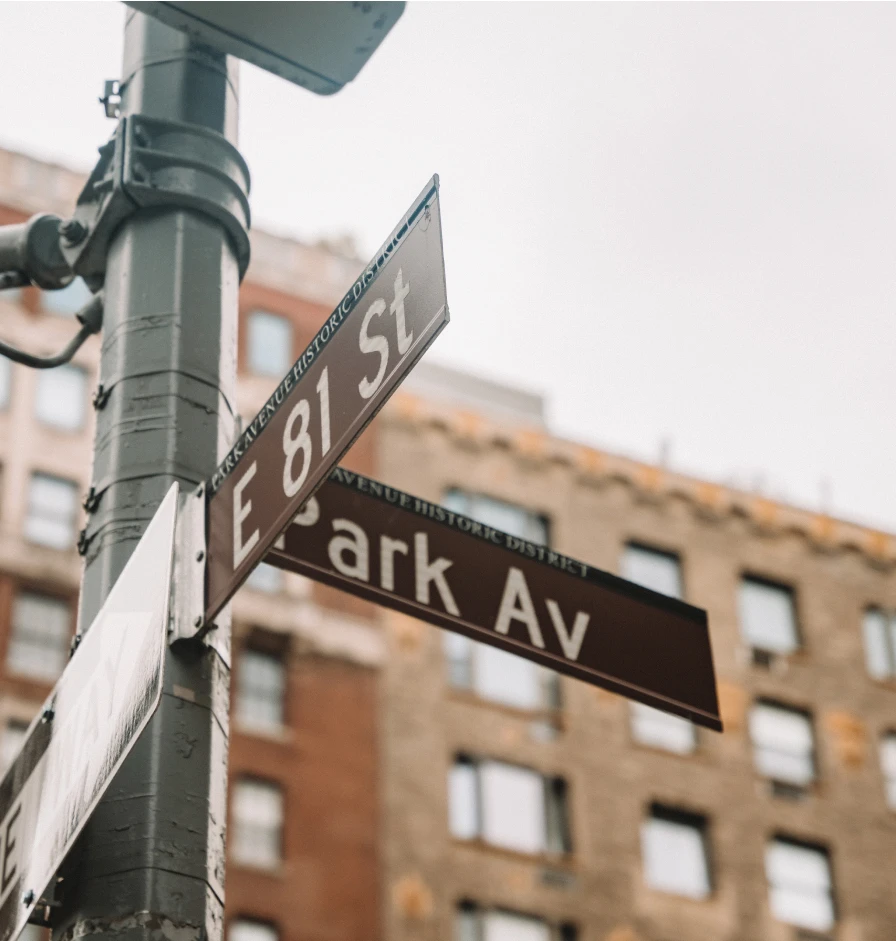What is a Facelift?
A facelift is a cosmetic surgical procedure that addresses signs of aging in the face, combating concerns such as sagging cheeks, drooping jowls, nasolabial folds, and loss of definition in the jawline. It primarily improves the appearance of facial skin by tightening and lifting it, resulting in a more youthful look. Unlike energy-based treatments and topical skincare products, facelift results can be dramatic and long-lasting. They restore balance and harmony among the features while allowing patients to experience heightened self-confidence.
Dr. Lesley Rabach in New York City has numerous cutting-edge techniques and can tailor your surgery to your unique goals and aesthetic preferences. While a facelift can be performed independently with outstanding results, combining it with a neck lift, blepharoplasty, brow lift, facial fat transfer, or laser skin resurfacing procedure is common to enhance and augment your outcome. Laser skin resurfacing is a minimally invasive option that can improve skin quality. While facelifts address sagging, procedures like laser skin resurfacing are used to enhance skin texture and smooth fine lines. Other facial rejuvenation procedures can also be performed for comprehensive results. A nose job (rhinoplasty) can be performed in conjunction with a facelift to achieve overall facial harmony.











